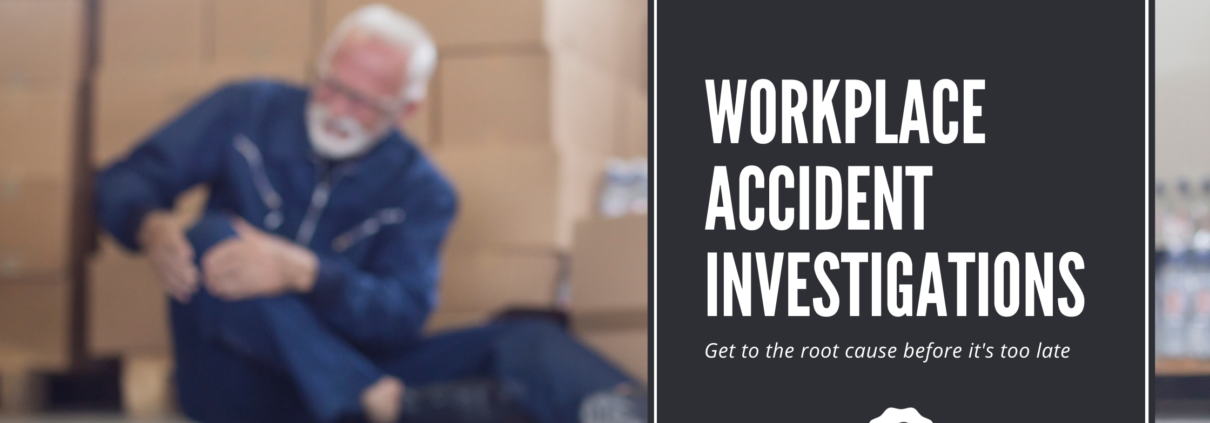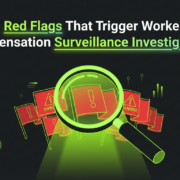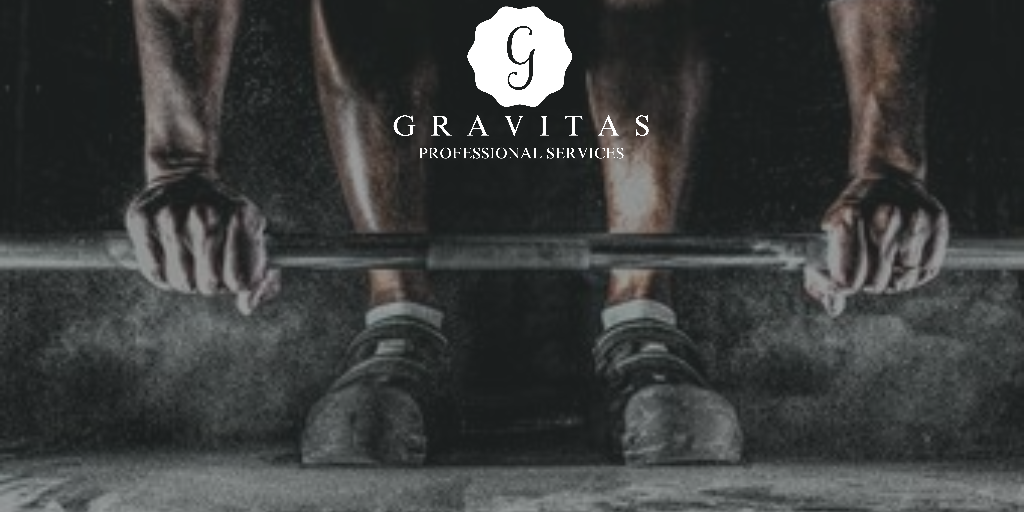Workplace Accident Investigations
Workplace Accident Investigations
Many workplaces equate a workplace accident investigation by identifying the party to blame for it. The actual goal of a workplace accident investigation is to prevent its re-occurrence.
While your firm may tackle the workers’ compensation process alone, we believe you better serve your company and its employees’ safety by including a private investigation firm in the total process. Your investigation needs to go beyond the party at fault and make prevention the focus of the investigation.
Accident Investigations and Safer Workplaces
The overarching goal of a workplace accident is to identify the cause of the injuries, followed by developing procedures and processes to prevent future injuries. This process starts with proper evidence collection and information gathering.
Certainly, in the US and Canada, workplace accident investigations form an integral part of legal compliance with Occupational Health and Safety Administration (OSHA) standards. They’re also vital for determining the accident’s cost, to process workers’ compensation claims, and to determine the level of compliance with OSHA regulations.
While OSHA’s focus will center on the incident report and the proper medical treatment of injured employees, your investigation should focus beyond that to the causal factors.
Documenting Process
The quickest and easiest way to administer the investigation is to create and document the process before it is needed. Develop the paperwork and the process formats before their need arises. While the scope of an investigation may differ, the overall process remains the same. A process should remain the same from investigation to investigation to keep the value of any conclusions consistent.
The “Who” in the Investigation
Within your organization, the immediate supervisor of the injured worker should conduct the investigation. The risk manager or safe workplace practitioner may assist, along with any investigative or review committee in existence. Senior management personnel, engineering staff, and the firm’s attorneys may also join in an investigation involving a fatality. During the investigation, you should interview:
- any injured employees,
- accident witnesses,
- witnesses to events preceding the accident,
- the injured employees’ immediate supervisor unless they’re heading the investigation.
- The injured employee may have an employee representative present during their interview.
The “What” in the Investigation
The “what” in the investigation refers to the information you collect to determine the accident’s cause and those involved. The data you obtain will later enable your analysis to determine a preventative method for future occurrences. During the investigative process, you should collect:
- the employee characteristics such as age and gender, department, job title, experience level, job and company tenure, training records and their hiring status,
- the injury characteristics of each injured employee including an injury or illness description, severity, and body part(s) affected,
- an events sequence and a narrative description from each involved party and each witness,
- characteristics of all equipment involved in the accident,
- task descriptions featuring specific characteristics of its performed when the accident occurred,
- any factors related to time such as the time of day, placement within their shift, etc.
- supervision data such as whether they were under direct supervision or not at all,
- causal factors such as the contributing workplace conditions,
- corrective actions are taken whether immediate, interim, or long-term.
The “How” of Your Investigation
The “how” refers to the tools with which you investigate the accident. Having a ready to go kit will help you complete a timely investigation. This kit needs to include:
- investigation and interview forms,
- barricade markers/tape,
- padlocks or warning tags,
- camera or video recorder,
- voice recorder,
- measuring tape,
- flashlight,
- sample containers.
Having this kit ready to go lets you begin interviewing people immediately after the event occurs. You’ll produce better results by building rapport with injured employees and witnesses. Reassure each person interviewed that you want to fact-find. They need to know it is not about determining fault.
Your full investigation will also include a background investigation that reviews the employment and injury records of each injured employee, as well as, any other party whose actions may have contributed to the accident. Pay close attention to reports of any injuries or damage to equipment, machines, buildings, or property.
Interviewing Techniques
Interview each individual separately. Have each person recount their recollection of the account uninterrupted. Record their response and take notes.
After their recount, ask any clarifying questions needed. Repeat the factual information they said to clarify inconsistencies. One of the key questions you will ask is “What do you think could have prevented this?”
Remember that you need to uncover the causal factors to prevent them from ever happening again. Ask “why?” of those you interview.
Six Steps to Better Investigations
Succinctly, you can sum up a properly administered investigation in six steps. These are:
- Handle the immediate risk by obtaining immediate medical help for the injured employee(s). Cordon off the incident area to preserve evidence and deny access. Report the accident/incident to OSHA.
- Collect evidence as soon as possible after the injured have been removed for medical attention.
- Conduct the investigation interviews as soon as possible. You can interview witnesses while the injured receive medical attention. This immediacy provides the most accurate details.
- Analyze your findings. Your analysis develops the corrective actions that will stop it from happening again.
- Write your findings report. This summarizes the incident and describes the corrective actions applied to prevent its reoccurrence.
- Apply corrective actions. Implement new procedures to ensure the prevention of future accidents. This might include machine replacement or repairs or signage.
Determining Deeper Causality
Once combined and analyzed, the accident photos, videos, interviews, and physical evidence should lead you to the deeper causality of the accident. Pay close attention to potentially contributing environmental conditions such as weather, light, and noise. Also, examine extenuating factors and externalities.
The accident investigation becomes an opportunity for you to discover an improvement for your company’s business processes. The focus should be on identifying flaws in the process that lead to the incident. It should unearth the reason that procedures were not followed or what prevented them from happening.
Your final report should discuss the contributing, direct, and indirect causes of the accident. Reference data that support each cause.
While your ultimate goal is the prevention of future accidents, a secondary goal is preparation for possible litigation. This is a likely outcome if the accident resulted in severe injuries or fatalities.
The lessons learned from each accident can help prevent larger ones in the future. It’s also important to investigate so that employees and regulators see that your company consistently pursues its commitment to a safe workplace.
Key Questions to Ask
During the interviews, you need to focus on questions that will help you answer larger, deeper issues. Your interview focus should apply queries that help you eventually address the following questions.
- Was a hazardous condition or defective tool a contributing factor?
- Did the worker’s location or equipment location contribute to the accident?
- Did the established job procedure or process contribute to the accident?
- Did the employee’s ability to perform the job contribute to the accident?
- Did any mandates such as speed incentives or production quotas encourage deviation from job procedures that contributed to the accident?
- Was lack of personal protective equipment or emergency equipment a contributing factor?
- Did management or a manager’s decision contribute to the accident?
The answers you derive from evidentiary analysis help you determine the appropriate prevention methods to pursue. This could mean a need for new procedures or the need for new equipment. This may also indicate the need for employee education and training or for improved education and training. Another potential result is the need for additional safety gear or to develop or improve protection from natural hazards or phenomena. Finally, it could also point to the need for or improvement of systems to account for possible physical, physiological, or psychological limitations of employees.
Your investigation of any workplace accident should include a background investigation, site investigation, interviews, analysis, and a final report. The aftereffect of the investigation should be amended or new procedures and processes. During your investigation, remember that placing blame is not the reason for your investigation – creating a safer workplace that in the future prevents its re-occurrence is.
While your company could tackle the workers’ compensation process alone, we believe you better serve your company and its employees with a safer workplace by including our private investigation firm in the total process. We help you take your investigation beyond finding the party at fault and to developing preventative measures that keep the accident from repeating itself. Commit to a safer workplace by developing a standardized workplace accident investigation procedure and process. The work you do today results in a safer, stronger workplace tomorrow for all of your employees.










Leave a Reply
Want to join the discussion?Feel free to contribute!